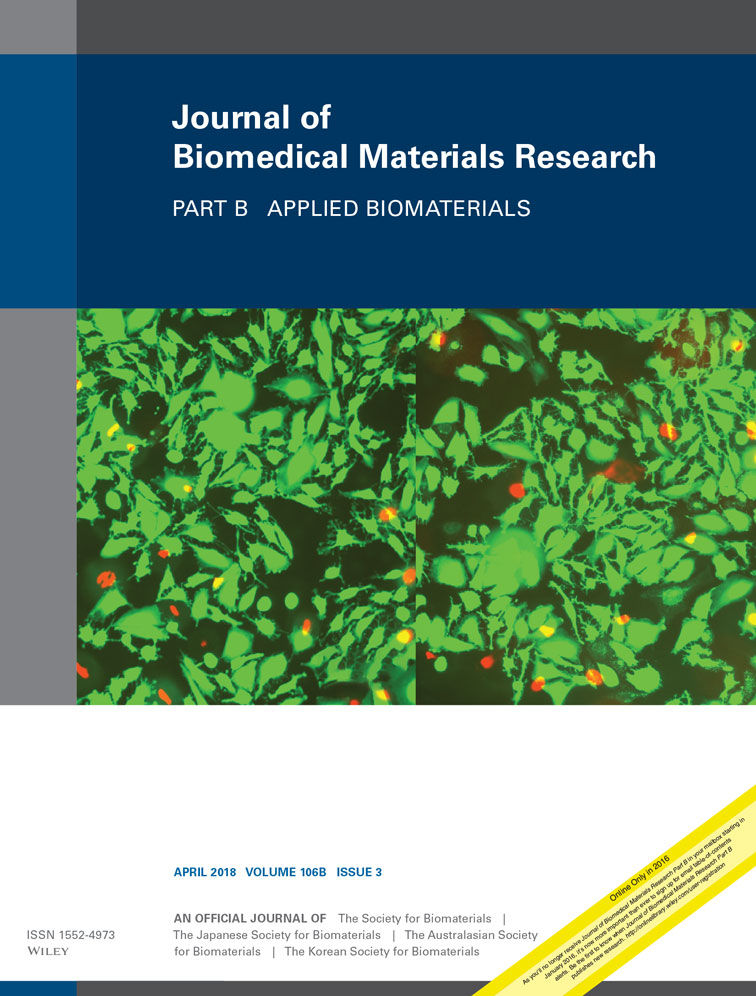Poly(N-(4-aminobutyl)-acrylamide) as mimetic polylysine for improving survival and differentiation of cerebellar granule neurons
Abstract
Poly(N-(4-aminobutyl)-acrylamide) (P4Am) and poly-d-lysine (PDL) possess the same butylamine side chain. The main difference is the peptide structure, which is in the main chain of PDL but in the side chain of P4Am. PDL has been extensively used in the preparation of neuronal cultures. We assumed neurons are sensitive enough to distinguish such structure difference so these two cationic polymers were compared at serial coating concentrations for culturing cerebellar granule neurons from 7-day-old Wistar rats in this study. Cellular viability and morphology assay showed no obvious difference for neurons cultured at high coating concentrations (>0.31 µg/mL) of these two polymers. In contrast, the difference in the peptide structure between P4Am and PDL could be distinguished by neurons at low coating concentrations (< 0.16 µg/mL). P4Am at low coating concentration could keep aggregates with three or four thick processes to support a more complete neural network with higher cellular viability than PDL. This suggests the interaction between neurons and the specific peptide structure of P4Am at low coating concentration was able to improve survival and differentiation of cultured cerebellar granule neurons. Although neural cells exhibited different morphologies and activities on high and low P4Am coating concentrations, immunofluorescence imaging confirmed most of cultured cells were functionally mature neurons, stained by neurofilament, synapsin I, and GAP43. The information should be useful for designing new biomaterials for regeneration of damaged circuits following disease or trauma. © 2017 Wiley Periodicals, Inc. J Biomed Mater Res Part B: Appl Biomater, 106B: 1194–1201, 2018.




